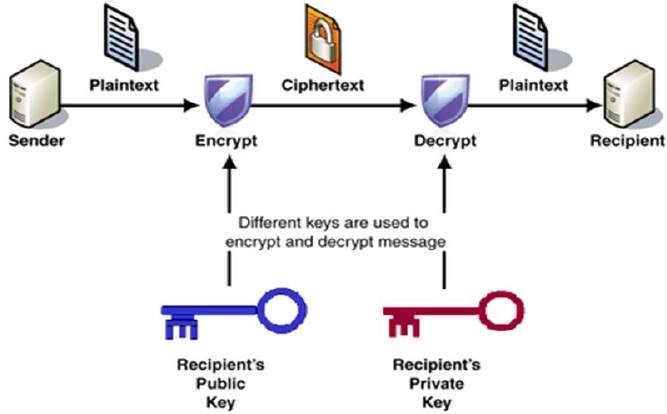Reference




OpenAI's Answer
SCIP (Secure Communications Interoperability Protocol) typically uses the MELPe (Enhanced Mixed Excitation Linear Prediction) codec for secure voice communication. Here are some key details:
-
MELPe Codec Rates: The MELPe codec operates at several bit rates: 2400 bps (bits per second), 1200 bps, and 600 bps. The 2400 bps is the only mandatory rate for SCIP usage, but it can optionally support the lower rates for different operational needs.
-
Frame Duration: Each MELPe frame is 22.5 milliseconds long and contains a specific amount of voice data, such as 180 voice samples at a sampling rate of 8000 Hz.
-
Encryption Use in SCIP: SCIP utilizes a block cipher operating in counter mode for encryption purposes. At lower data rates utilized by MELPe like 600 bps or 1200 bps, SCIP's encryption mechanisms ensure secure communication over narrow bandwidths, optimized for operational environments where secure, low-rate communication is critical.
However, the search did not specifically address the cycle or repetition period for SCIP encryption within these data rates directly. For practical purposes, secure communication protocols like SCIP are designed to operate continuously without needing to repeat an encryption cycle within typical operational timeframes. The precise cycle would depend on the key length, the specifics of the block cipher employed (like BATON), and the mode of deployment but is often designed to be effectively infinite in operational contexts.
For further technical details or specific implementations, consider consulting dedicated protocol documentation or resources from organizations like the Department of Defense, which have implemented SCIP standards.
For more specialized information, you may refer to SCIP on Wikiwand and everything explained about SCIP.